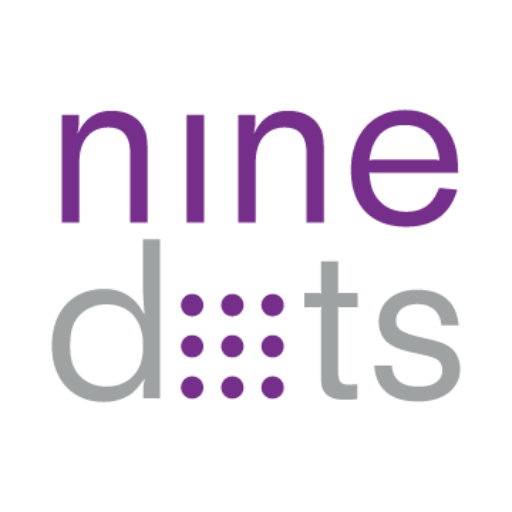Step by Step Guide to Animation Production
I’m a big fan of the Benjamin Franklin quote “If you fail to plan, you plan to fail.” This is certainly true of animation production. Those that charge ahead and start with the animation phase without the necessary steps beforehand run the risk of having a piece of content that does not advance their business objectives.
DISCOVERY/CONCEPTUALIZATION
The first step to any animation production is to explore what you are trying to achieve with the project. What business objective is driving the decision to create the content. This step requires stepping back and asking a lot of questions about your business, your company, your customers and your competition. Understanding and identifying what makes you stand out from others offering the same product or service, as well as having clarity on your audience are critical steps to the animation production process.
SCRIPT DEVELOPMENT
While we are big proponents of visual content, when you begin the animation production process, like any story you develop, the words matter. More often than not, a voice-over is present and hence words to be spoken. In some cases, clients will provide a script, though it is suggested to review the script and likely put into animation production form. Unlike other scripts, however, scripts for animation production are slightly different. Typically, there is on column that has the voice-over words and a second column that describes the suggested animation. In some cases reference images may be used to illustrate the visual to accompany the voice-over. This step of the animation production process is incredibly important and we suggest you do not move on to the next step until this step has been completed, including client approval.
One additional note of importance when it comes to scripts is that the number of words will directly correlate to the length of time of the animation. A voice-over artist can only say words at a particular speed and hence the number of words read will translate to a certain amount of time. For example, typically if a script is read at 2.5 word per second, that would mean a script of 150 would equate to a minute of animation. Whereas, if a script is read at a speed of 3 words per second, then up to 175 words of a script would be a minute of animation.
VOICE-OVER
Once a script is approved, the next step in the animation production journey is recording the voice-over of the script. Initially, finding the right voice-over artist is important to ensure the tone of the animation matches the tone of the voice-over. Generally, there should be a selection of both male and female professional voice-over artists to choose from with some sample recording to listen to. Once an artist is selected, then the script will be recording to then be matches with the animation later in the process.
It is worth noting that the reason you aim to have the script approved is that if you change the script after it has been recorded by a voice-over artists, additional costs could be incurred.
STYLE SELECTION
In addition to moving into the voice-over stage, after the script has been approved, you can also begin the process of selecting a style for the animation. This is recommended before moving into the Storyboard phase though some projects skip this step to save time. In this case, some indication of preferred style should be communicated, even if a more detailed exploration with examples of styles preferred is not done. If this step is not used it may, in fact, add time to the storyboard phase if the storyboard style is not what the client is looking for. Generally, it is helpful to know whether the style of animation should be more cartoony, more illustrative, or more graphic in nature.
STORYBOARD
After the decision of the style of the animation, the next phase of the animation production process is to create a storyboard. A storyboard is a comic strip style of each of the scenes of the animation. The form of the storyboard can range from black and white sketches to more detailed full color illustrations. Once submitted to the client, revisions are likely to ensure the storyboard is sufficient to move forward to the animation stage. The more detailed the storyboard is the less revisions will likely be needed in the animation phase.
ANIMATION
Finally, after approval of the storyboard and the voice-over, it is time in the animation production process to actually animate the project. While there are a few different tools professional animation producers use with their animation team, the result is a bringing to life of the visual story. A draft animation should be provided for client revisions, after which they are made to lead to the final approved animation. Whether character or graphic driven, the animated images coupled with the voice-over should deliver a professional HD animated video that can be used in multiple platforms from website to social to any advertising.
The animation production process has many moving parts and each step needs proper planning and execution. Failure to adhere to the steps may lead to less than quality outputs. When approached in a methodical and thoughtful manner, the animation production process and subsequent final delivery should be a seamless experience for those looking to bring brand story to life.





